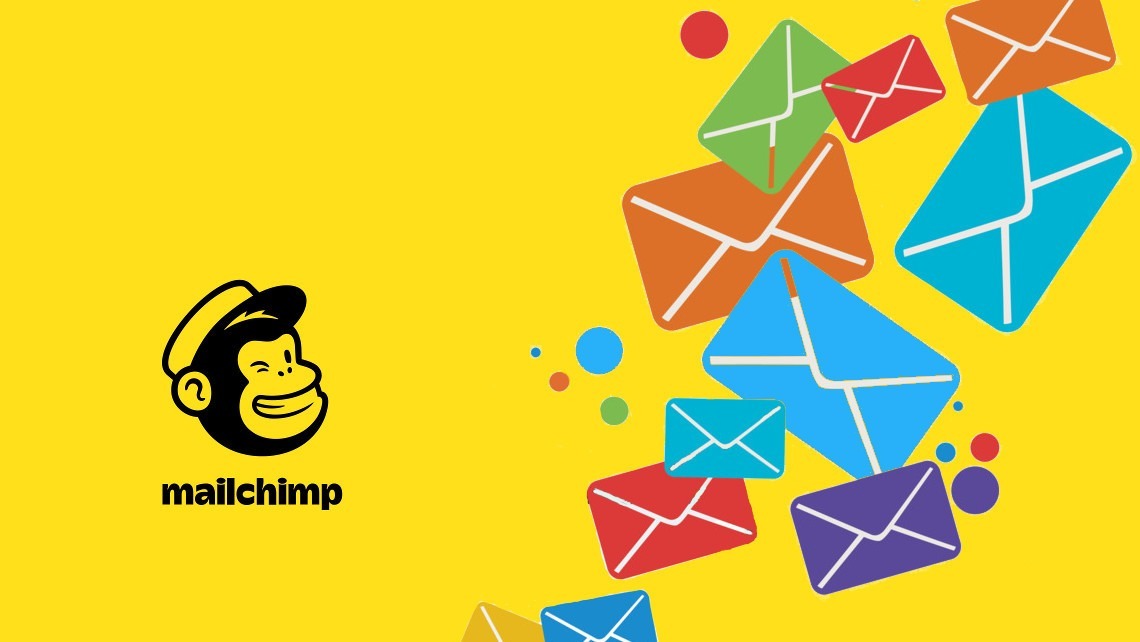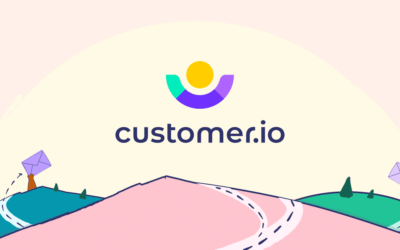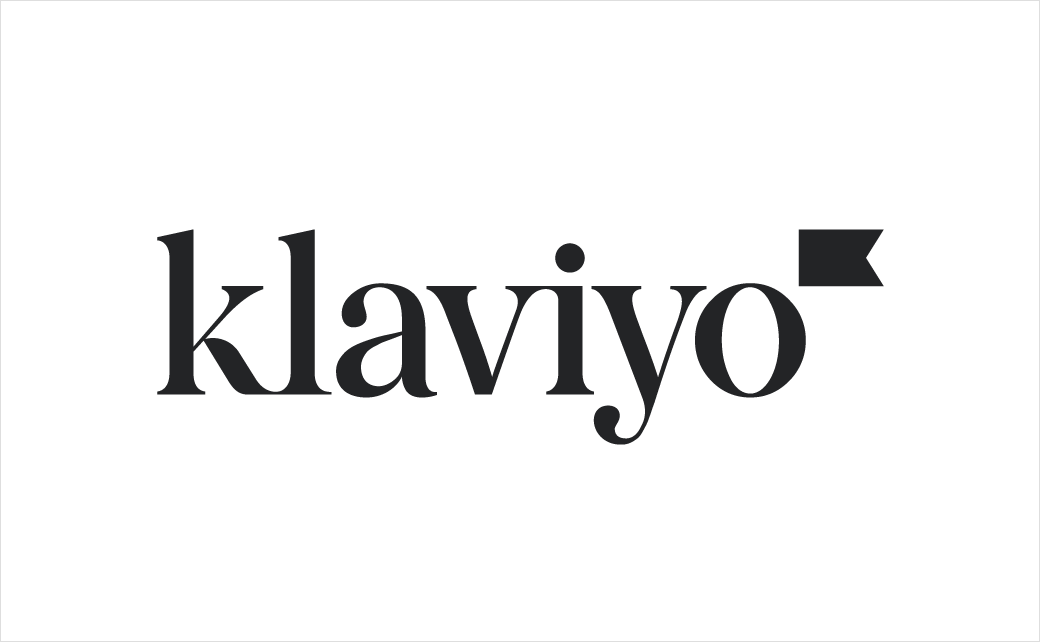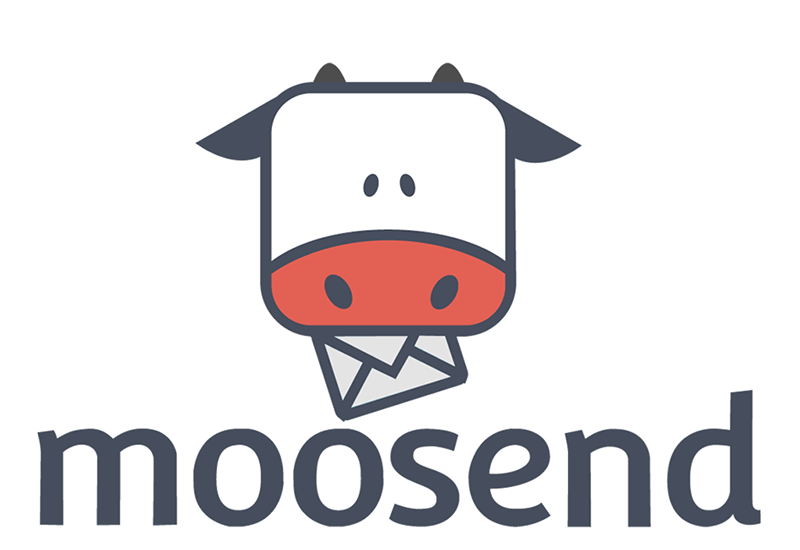Introduction
Mailchimp is an email marketing platform that empowers businesses and individuals to create, send, and analyze email campaigns. It offers a user-friendly interface with features tailored for beginners and experienced marketers.
Key aspects of Mailchimp include Email Campaigns, Marketing Automation, E-commerce Integration, Analytics and Reporting, Landing Pages and Forms.
Some interesting Mailchimp stats:
- MailChimp has a 60% share of the email industry
- Mailchimp sends 10,794 emails every second
- Has over 11 million active customers with a total audience of 4 billion
- Sent 8,778,853,528 emails over the Thanksgiving weekend
- MailChimp customers generated more than $321,538,039 in revenue, using Mailchimp product recommendations
In this article, we will speak about:
- Why start email marketing with Mailchimp?
- How does Mailchimp work and what is it used for?
- What does Mailchimp cost?
- What are the cons of using Mailchimp?
Why start email marketing with Mailchimp?
According to various statistics, Email Marketing is one of the best sources of income for businesses. This is most prominent in the case of small and medium-sized businesses. This is the reason why Mailchimp quickly gained a high position in the ESP market as it is focused on this audience.
Owing to its easy-to-use interface and several integrations, Mailchimp is ideal for new people to email marketing platforms. Apart from that, its ‘free’ plan makes it an attractive start package for beginners. There is a lot of free starter training and videos online on how to get started with Mailchimp.
Offering a free package, which we’ll talk about later in this article, MailChimp has quickly become a favorite tool for small and medium-sized businesses and individuals using email marketing.
However, it’s not just having a free plan that makes Mailchimp attractive to this audience. It also has a very user-friendly interface and is very easy to understand for beginners. It also allows you to create beautifully designed landing pages and emails with just a few clicks, reducing separate design costs. Mailchimp also offers the opportunity to create a website right on its platform, for which there are also convenient and flexible templates that will allow you to start your online activity very easily and quickly.
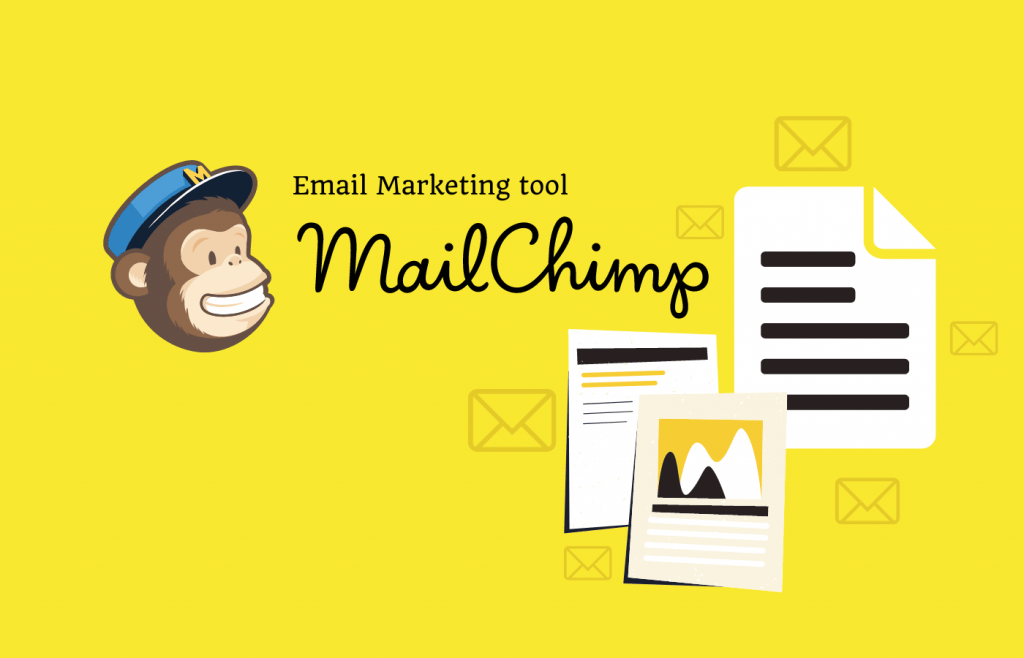
How does Mailchimp work and what is it used for?
While Mailchimp started as an email marketing platform, they have today grown to become an all-in-one marketing platform. Last year, they added a host of new solutions to their platform for small businesses. You can create landing pages, postcards, Facebook Ads, do Google remarketing, and other social ads. It also introduced (simple) CRM tools and an integrated app experience. To start with Mailchimp you first need to create an account. For that, you will need a business email. After creating and confirming your account via email you can start using it with its free plan.
Let’s look at the important ways that MailChimp works in more detail.
1. Create Signup Forms
As we always mention, your email list is super important for Email Marketing. To start building an email list, Mailchimp lets you create signup forms to collect opt-ins and contact details. Once the new signups are in the tool, you can engage with them send them emails, etc.
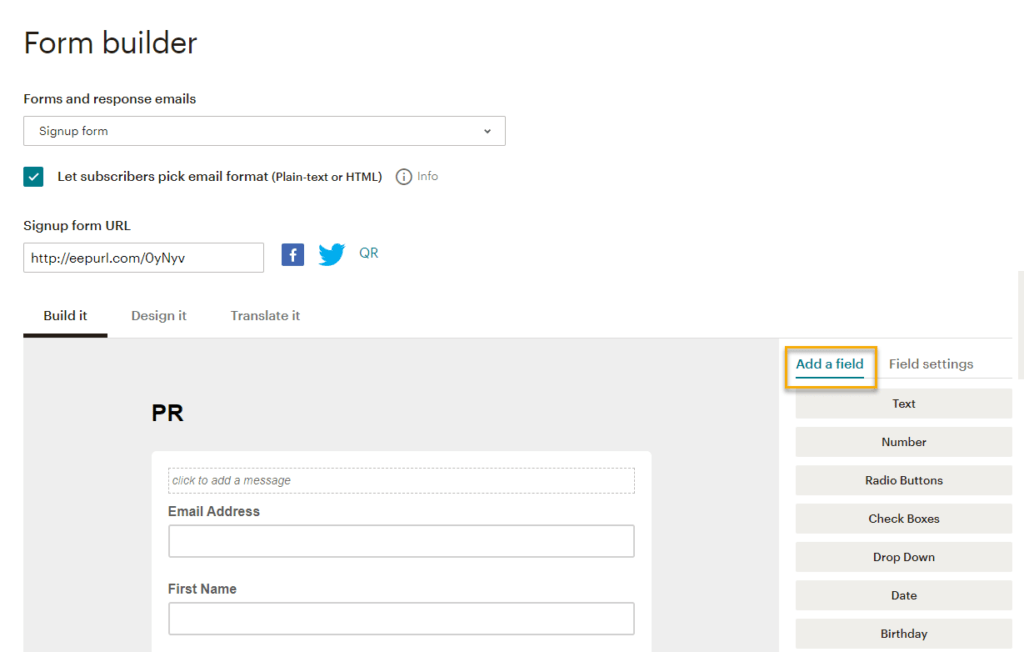
The subscribers on your email list form the foundation of a long-lasting relationship. Mailchimp’s Form Builder tool lets you create, design, and customize signup forms that can be used on your website, Facebook page, mobile app, and blog.
Mailchimp allows you to create standard signup forms, embedded signup forms, and pop-up forms that you can put into your website to grow your list.
2. Use segmentation and personalization
In our article on segmentation and personalization, you can read in detail what advantages this strategy gives you. Fortunately, the tools Mailchimp offers allow you to segment and group your audience. You can do this through tags and groups, which will later allow you to send letters to the group of people that you consider most appropriate at the moment.
3. Design professional email Newsletters and templates with Mailchimp
Mailchimp has a drag-and-drop email editor that is easy to use. You can start from scratch or use one of the pre-designed templates and design tools to help you get started.
Mailchimp has over 100 email newsletter templates to choose from, suited for various messages and occasions. With the drag-and-drop email designer, you can add content and customize the colors and styles.
Images, logos, and other files can be stored in Mailchimp’s content studio.
Content Studio is like an archive of (re)usable assets for your emails. So you don’t have to host your images anywhere else and have access in case you need it for other campaigns.
4. Set up Email Automation
With Mailchimp email automation you set up email triggers. A normal newsletter you would schedule at a set time. These are a bit different. Triggers are sent automatically when certain conditions are met. Say for instance an email that triggers after someone fills in a form, or trigger to send a birthday email on their birthday.
Some examples of triggering emails:
- Build your brand with welcome emails to new subscribers,
- Increase sales with product recommendation emails, abandoned cart emails
- Boost customer loyalty with customer re-engagement emails, feedback emails
Email automation generally performs better, because automated emails based on triggers are often more timely, personalized, and relevant. Remember: the right message to the right person at the right time is the key to a successful Email Marketing strategy.
5. Track Campaign Performance
To improve your email marketing, you want to know what is working and what what’s not. So you need to track the performance of your emails.
Mailchimp has overviews and dashboards with list growth, engagement, and revenue reports. These have valuable insights and are what you would typically expect from a simple email marketing software like Mailchimp. Helping you optimize campaigns and make well-informed decisions.
The most important reporting and statistics that Mailchimp has for you:
- Email campaign reports – to track the performance of your email campaign, shows clicks, open rates, bounces, unsubscribes, complaints, social activity, and purchases
- Automation reports – shows the performance of automated emails
- Landing page reports – to track the performance of the landing pages created, show views, clicks, list signups, and revenue
- Website reports – to track the performance of the website pages, shows views, clicks, and e.t.c
- Ad reports – to track ad performance, shows, views, clicks, and ROI
6. Integrate Mailchimp with other apps and web services
Integrating your email provider with other marketing channels helps to keep things in order and streamline your processes.
Mailchimp can be integrated with over 329 apps and web services, across categories like Analytics, Booking & Scheduling, Connector Services, Contact Management, Content, E-commerce, Finance & Accounting, and others.
What does Mailchimp cost?
As already mentioned Mailchimp is known for its free tier that caters to small businesses and individuals with basic email marketing needs. The plan includes up to a maximum of 500 contacts. The monthly email send limit for the Free plan is 1,000 sends (daily limit of 500). After the free plan, they have a starting point of 13$ a month if you have nearly 500 contacts. After that, you can choose the standard plan which costs 20$ a month, and the last plan which offers all the features that Mailchipm has costs 350$ per month.
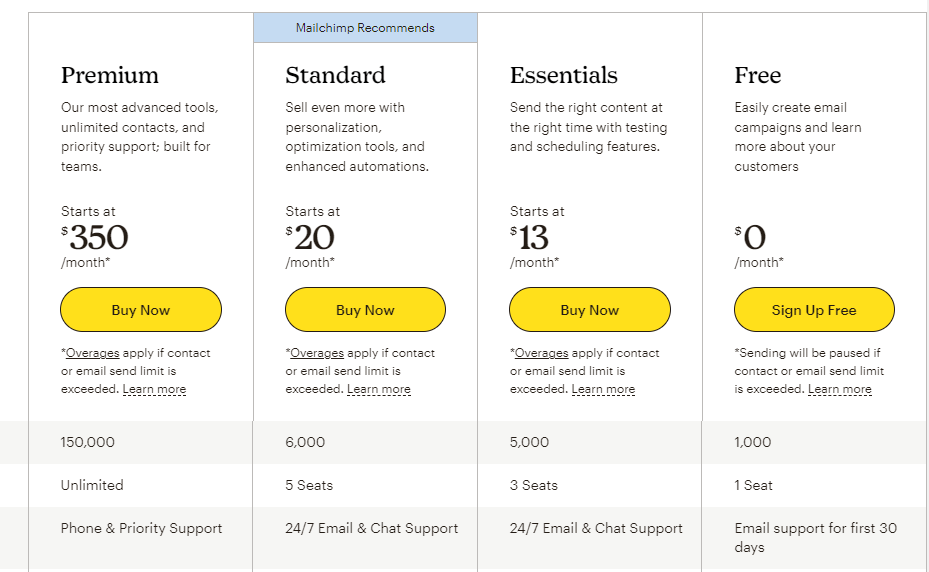
What are the cons of using Mailchimp?
There are no systems in the world that are perfect, and that’s the case with MailChimp. Although all the positive aspects, MailChimp also has disadvantages, which we think should also be talked about.
1.For example, Mailchimp’s automations have limited functionality and don’t allow you to create any custom automations you might have in mind. For starters, this isn’t a big drawback, but if you want to commit your long-term plans to Mailchimp, you should consider these risks.
2. Mailchip has a limited type of landing page designs and there is no way to build any kind of landing page from scratch. Of course, the designs they offer are quite eye-catching, but sometimes there is a need to create a landing page that does not have a corresponding offer in the mailchip, and in this case, you face a problem.
3. Although it has a free package, it does not allow you to send emails without the Mailchimp logo. From an organization branding point of view, this can also be an issue that will force you to switch to paid packages at once.
Conclusion
Summarizing the article, we can fix the following. If you’re new to email marketing, Mailchimp is almost ideal for you. It also offers a wide range of options to medium and large businesses, but in this case, some limited tools might make you consider other ESP’s offers as well.
